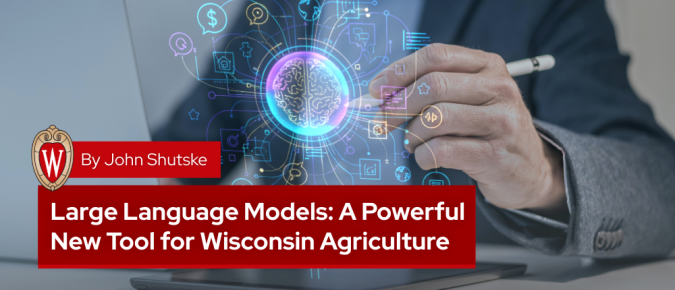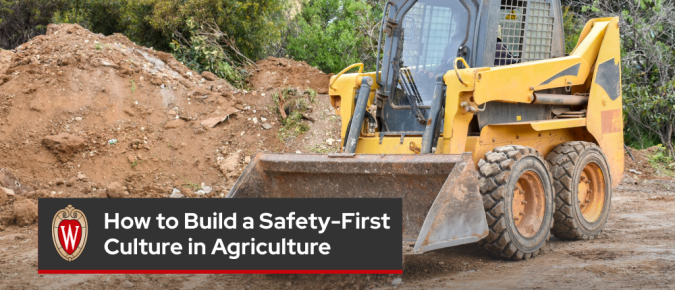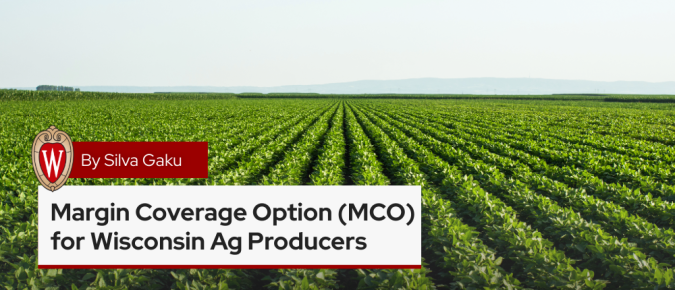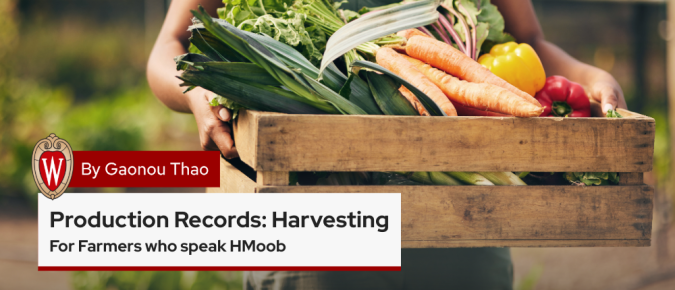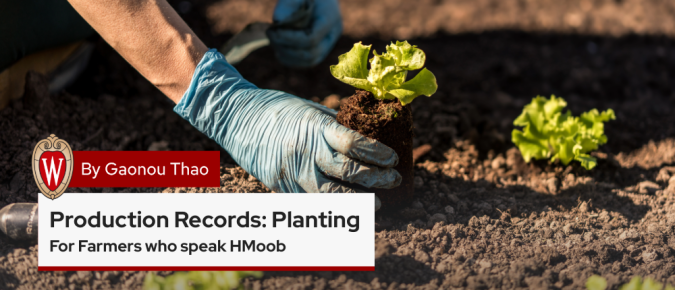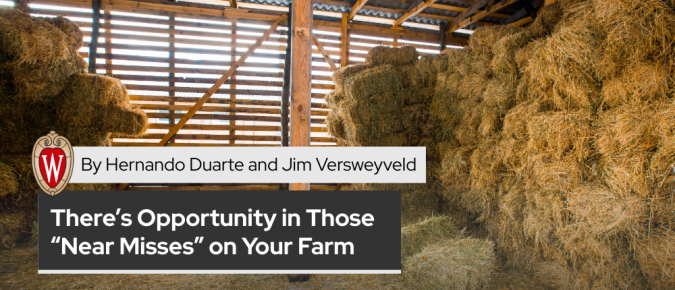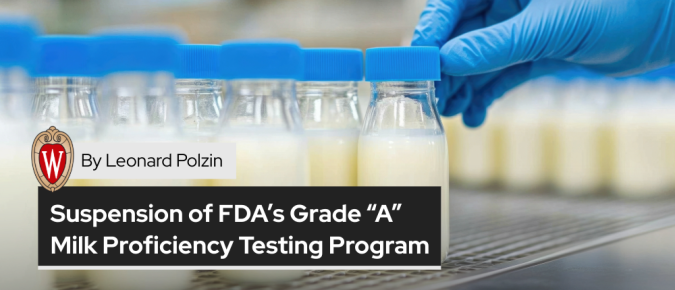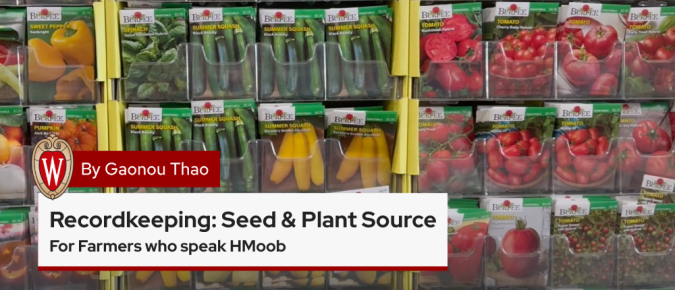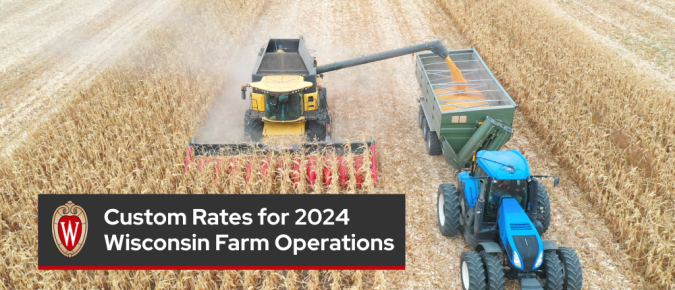Understanding the total value of annual compensation statements is important for both employers and employees. Paychecks reflect only part of the compensation; the statement shows the full range of benefits and rewards provided by the employer.
While many people think of AI chatbots as sophisticated question-answering tools, research shows these systems can do much more. Advanced AI systems hold the potential to reshape how farmers and other agricultural professionals work.
A safety culture in agriculture saves lives, protects resources, improves efficiency, and ensures sustainable growth. Farm employers know that having a positive safety culture is good for their workers and for their business.
The goal of the ‘Production Records: Planting & Harvesting’ template is to provide a central location for a farmer to keep track of planting and harvesting records for each crop they grow. These records will help a farmer identify where each crop is planted, how many acres, and total yield harvested.
MCO offers protection against unexpected drops in operating margins — the difference between revenue and input cost. Interested producers should contact their crop insurance agent to learn more about how MCO could work for their operation.
The goal of the ‘Production Records: Harvesting’ template is to provide a central location for a farmer to keep track of when and how often each crop is harvested, the measuring unit, the amount harvested each day, total units harvested for the season, total crop acreage, and total yield.
The goal of the ‘Production Records: Planting’ template is to provide a central location for a farmer to keep track of each crop planted during the growing season. The information in the template will help the farmer identify where a crop is planted, as well as and how many acres are planted.
Farms are busy workplaces with the potential for injury lurking around every bend. A proactive tool to guard against future mishap, and an important part of improving your overall farm safety culture, is “near miss” reporting.
Automation is no longer a distant vision. Technology is being used to fill labor gaps, trim costs, increase efficiency, and boost precision. Success, though, still begins with a solid plan.
This article presents current conditions in the U.S. dairy sector as of June 2025, drawing on insights from market sentiment and recent information.
This article examines the evolving dynamics of the U.S.–Canada dairy trade relationship in the first quarter of 2025, with a focus on recent policy developments, economic implications, and political considerations.
On April 21, 2025, the U.S. FDA suspended its proficiency testing program for Grade “A” milk and milk products. The halt has raised questions about potential regulatory oversight gaps, state readiness, and shifts in milk safety governance.
Milk in Wisconsin undergoes rigorous testing at every step – from on-farm to finished dairy products. Some tests are required by regulations, while others are voluntary quality checks.
The Seed & Plant Source template provides a central location that contains important information about seeds and plants you have purchased and plan to grow for the season.
This video introduces a series of videos about recordkeeping instructions and templates for small-scale fruit and vegetable growers.
This report provides estimates of typical custom rates for common farming operations in Wisconsin. These rates are based on the 2024 Wisconsin Custom Rate Survey of Wisconsin farmers, farm managers and custom operators.
The dairy market is changing—For dairy farmers, this means focusing on efficiency, using tools like better genetics, feed, and technology to produce more with less.
This article provides a detailed overview of the grant recipients and their initiatives, and examines the impact of this funding on Wisconsin’s local farming and food sectors amid recent federal farm-to-school funding cuts.


